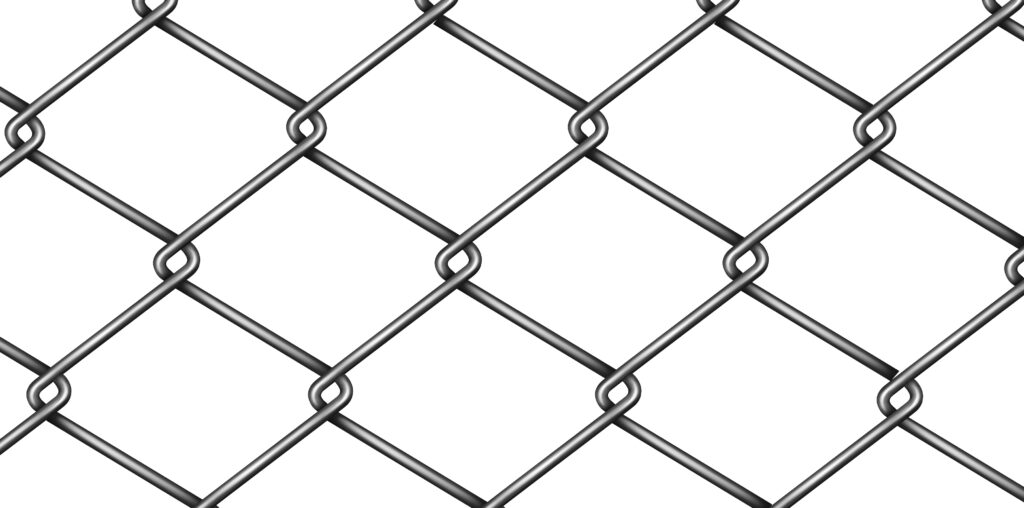Extensive industries such as construction and agriculture depend on wire mesh to fulfill their needs alongside manufacturing and mining filtration and interior design sectors. Selecting the suitable wire mesh delivers both durability and performance while keeping costs affordable for all structures, from concrete reinforcement to fence building to liquid filtration.
Understanding materials along with mesh size, wire diameter, and type of weave and construction constitutes the basis for selecting the proper wire mesh. Through this guide, you will discover all essential information to help you make wise decisions based on specific usage needs.
1. Understanding Wire Mesh Materials
The wire mesh manufacturing industry uses different materials to create products that match applications by considering material strength together with corrosion resistance characteristics, flexibility requirements and product price ranges. Stainless steel emerges as the prime selection because it demonstrates superior strength while fighting against rust exceptionally well for various applications, including food processing facilities, medical industries and ocean applications. Galvanized steel minimizes corrosion dangers because its zinc layer protects the metal by offering average durability needs that apply to fencing and construction work. The durability of carbon steel continues at a competitive price, but it risks rusting out, so it works best under sheltered or enclosed conditions. The lightweight nature of aluminum, alongside its corrosion resistance, makes it a suitable material for producing ventilation grids and insect screens that support no weight.
2. Choosing the Right Mesh Size
Wire mesh performance and efficiency in all applications require the determination of appropriate mesh dimensions. The size of mesh openings defines their capacity to let air, liquid, and particles flow according to their per linear inch measurement. Wire mesh applications using a 1–4 opening per inch configuration work best for fencing projects, screening big debris, and serving as structural support. The normal range of mesh sizes goes from 5–16 openings per inch for sieving, ventilation and enclosures and extends to 17–100+ openings per inch for filtration, insect screens and laboratory usage. The chosen mesh size needs to create a balance between the maximum flow rate and the necessary filtration capabilities. The filtration quality increases together with mesh count yet decreases the water flow rate because of narrower spacing between mesh threads. The material under filtration and filtration precision must be evaluated before deciding on the mesh size selection. The selection of a suitable mesh size meets the requirements needed to optimize performance in particular applications.
3. Determining Wire Diameter (Gauge)
The gauge determination of a wire measure is an essential aspect when selecting appropriate wire mesh for specific applications. The mesh strength and weight, along with its flexibility, depend entirely on the wire diameter. A lower gauge value demonstrates thicker wire strength, making such materials more suitable when carrying loads in heavy-duty settings, including concrete reinforcement and fencing applications alongside industrial guard purposes. Thinner wires correspond to higher gauge numbers, so they become suitable for filtering applications, artistic projects, and delicate screen fabrication. The gauge selection for fine or thick stainless steel meshes spans from 10 to 30, with each level representing a step in thickness. Project requirements determine the best choice between these extremes. When impact resistance matters, the mesh will benefit from thick wire, but detailing requires the use of thin wire for maximum airflow and lightweight characteristics.
4. Types of Wire Mesh Construction
Wire mesh comes in two major fabrication methods: woven and welded, which serve different intended functions. Woven wire mesh results from intersecting wires that follow a pattern of crisscrossing like traditional fabric production. The mesh material displays flexible behaviour while presenting multiple sizes of mesh counts and wire diameters, which enable applications for filtration, sieving, and decorative needs. Manufacturing varieties of wire mesh consist of plain weave and twill weave along with Dutch weave because they deliver solutions for particular requirements. Welded wire mesh obtains its durability through welding wire connections at the cross points when producing rigid construction grids. The welded wire mesh is best used in applications such as fencing structures, concrete reinforcement work, and machine protection systems. The strength properties of welded mesh come along with improved dimensional stability, while its flexibility level is lower than that of woven mesh designs.
Conclusion
When selecting wire mesh, you must carefully connect the material dimensions with your product requirements instead of selecting items haphazardly. Every application requirement has its specific wire mesh solution among the various types developed for different purposes.
Your application determination establishes base criteria for deciding the right material, while mesh size selection follows mesh construction choices, including wire diameter and construction type. Your selection of mesh will achieve its best performance characteristics and long-lasting value by considering these factors.


